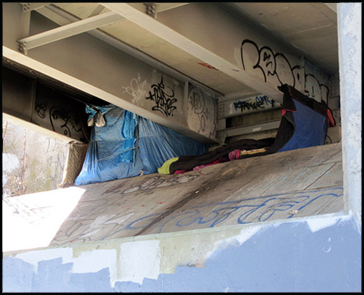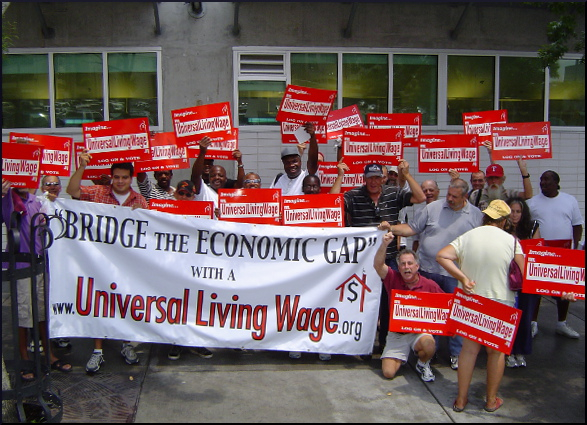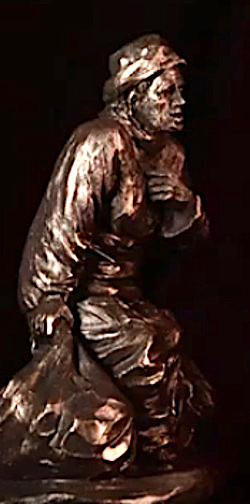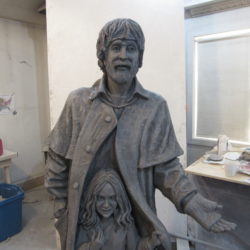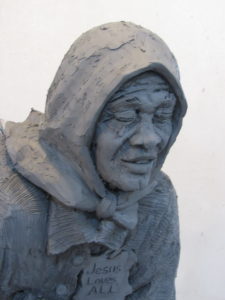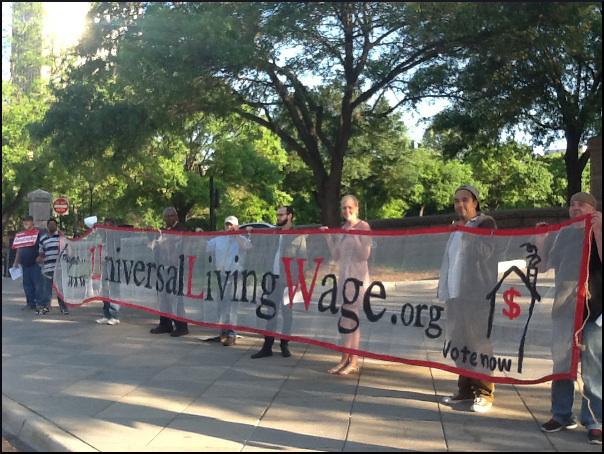HtH supports the direction being taken by the City of Austin’s relatively new Homeless Strategy Office, led by a very committed and responsive David Gray, and with the commitment of Charles Loosen and other staff. We further strongly advocate ALL positions below that preceded The vote to basically criminalize homelessness — especially:
reinstating a camping ban must consider that those with disabilities, the aged, and in fact anyone with no place to go. The no sit/no lie ordinance is absolutely inhumane and unconscionable we must have at least 15 minute respites particularly for those with disabilities and make other provisions.
Mayor Kirk Watson, elected in 2023, is working to secure funding for homeless services from the State and within the City Budget.
2025 interests:
City Council approved a resolution making homelessness a top financial priority.
Increase the capacity of the Homeless Strategy Office to address and implement a comprehensive approach to strategic advancements in homelessness response. (Plan detailed in a 50-page memo from David Gray, June 2025).
Examples:
1. Expand HOST (Homeless Outreach Street Team) support including team members:
APD officers, EMS paramedics, behavioral health clinicians, social workers, peer support staff.
2. Support for Marshaling Yard operations.
3. Rapid Response housing and safe housing, especially for families.
4. Increase shelter beds with support; and more.


